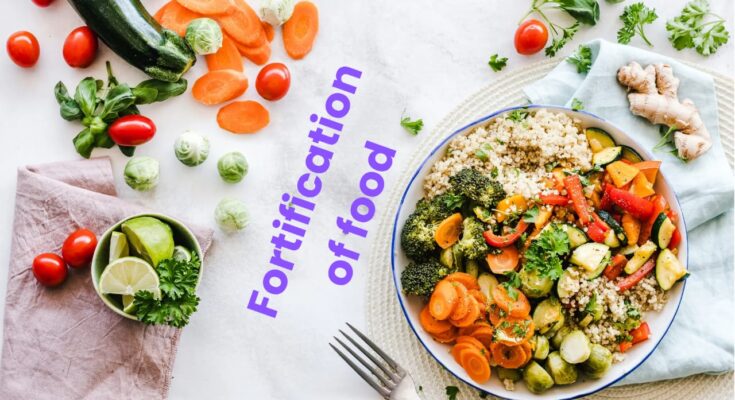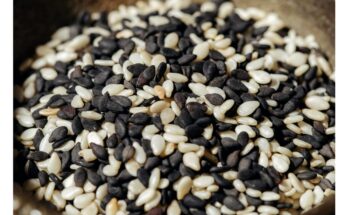Food fortification is the process of adding essential vitamins and minerals—such as Iron, Iodine, Zinc, and Vitamins A & D—to commonly consumed staple foods like rice, wheat, milk, oil, and salt. These nutrients might be originally absent or lost during food processing.
Why Do We Need Fortification?
Micronutrient deficiencies—also known as “hidden hunger”—pose a serious public health concern, especially in developing countries. Causes include:
- Lack of a balanced or diverse diet
- Unavailability of nutrient-rich food
- Nutrient loss during processing
Food fortification is a key strategy to combat this issue, along with diet diversification and supplementation.
Deficiencies of Vitamin A, Iodine, Iron, and Folic Acid, leading to health issues like night blindness, goitre, anaemia, and birth defects.
Benefits of Food Fortification
- Wide Reach
- Targets large populations through commonly consumed staple foods.
- Safe and Regulated
- Micronutrient levels are kept within safe limits under government standards.
- Cost-Effective
- Minimal cost increase (1–2%).
- Culturally Acceptable
- No need to change eating habits or diets.
- No Change in Taste or Texture
- Fortified foods maintain the same taste, smell, and texture as regular foods.
Food fortification is a scientifically proven, safe, and cost-effective public health measure. It plays a vital role in reducing widespread nutrient deficiencies and improving the overall nutritional status of the population, with a high burden of hidden hunger.




